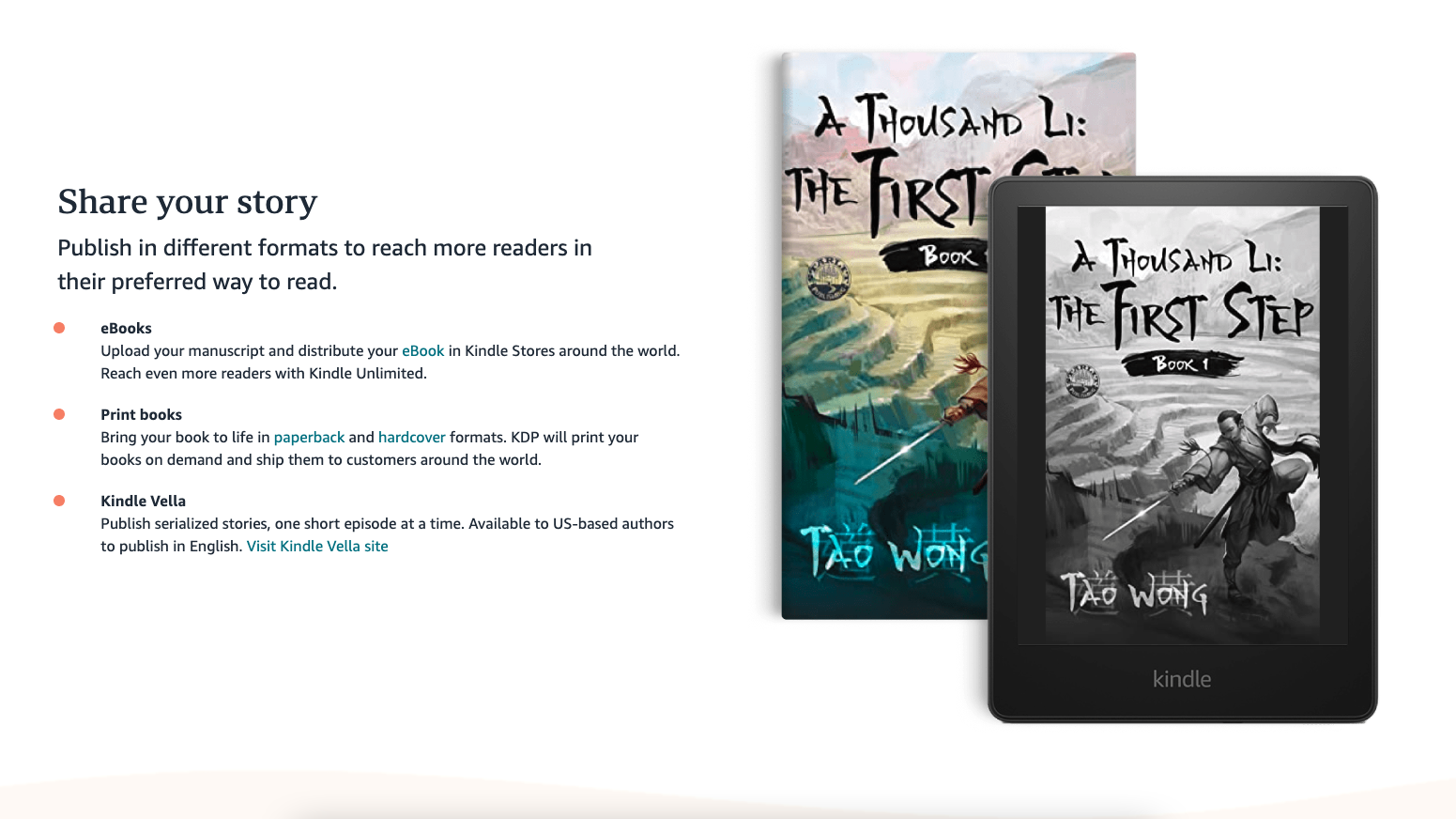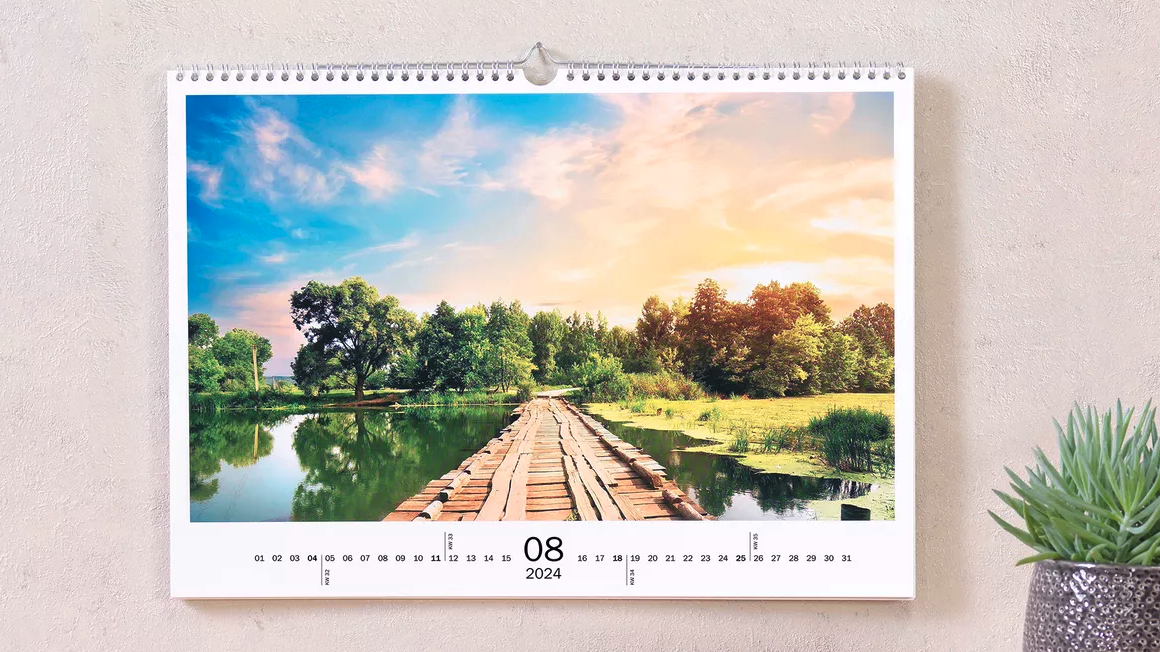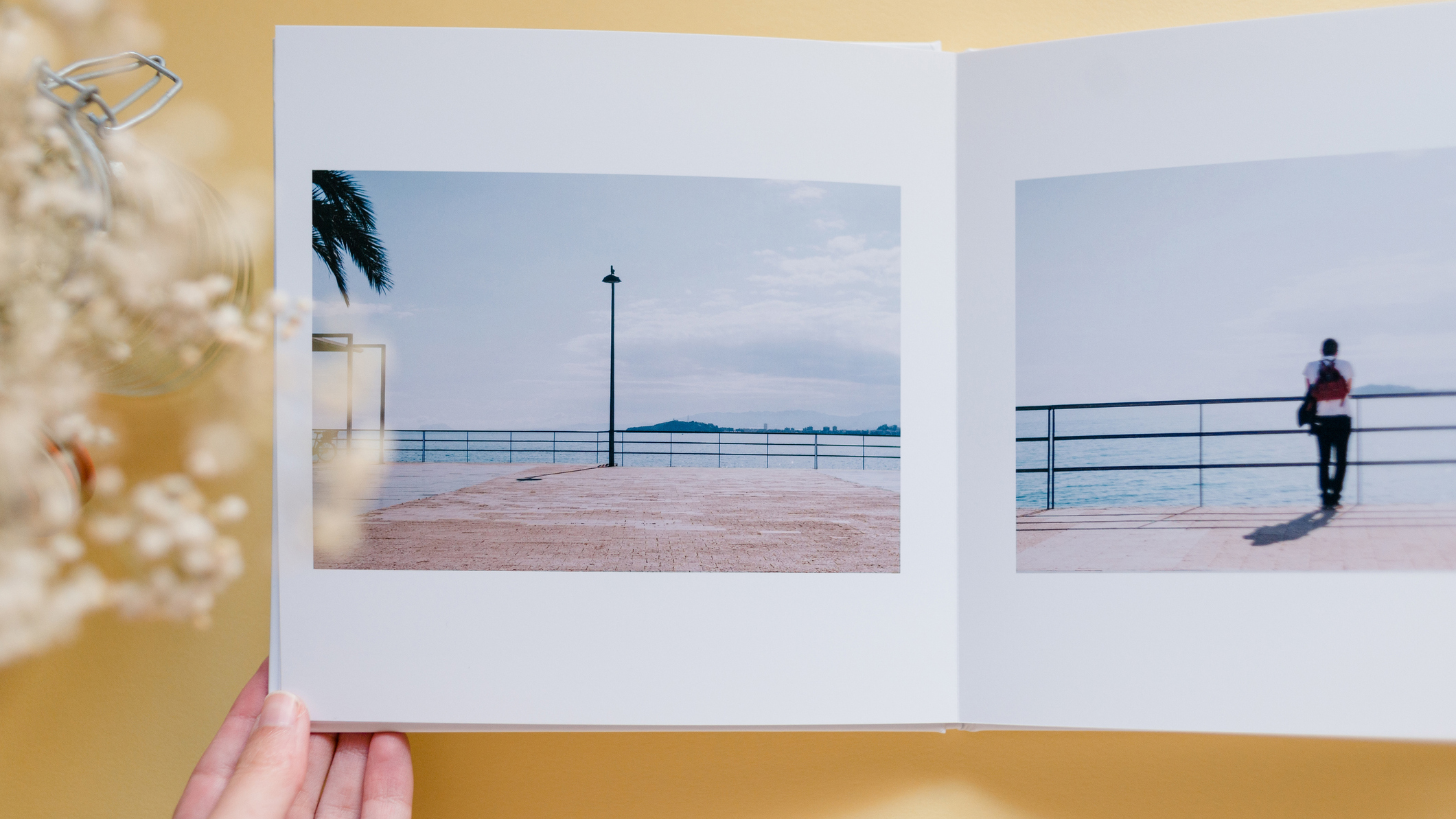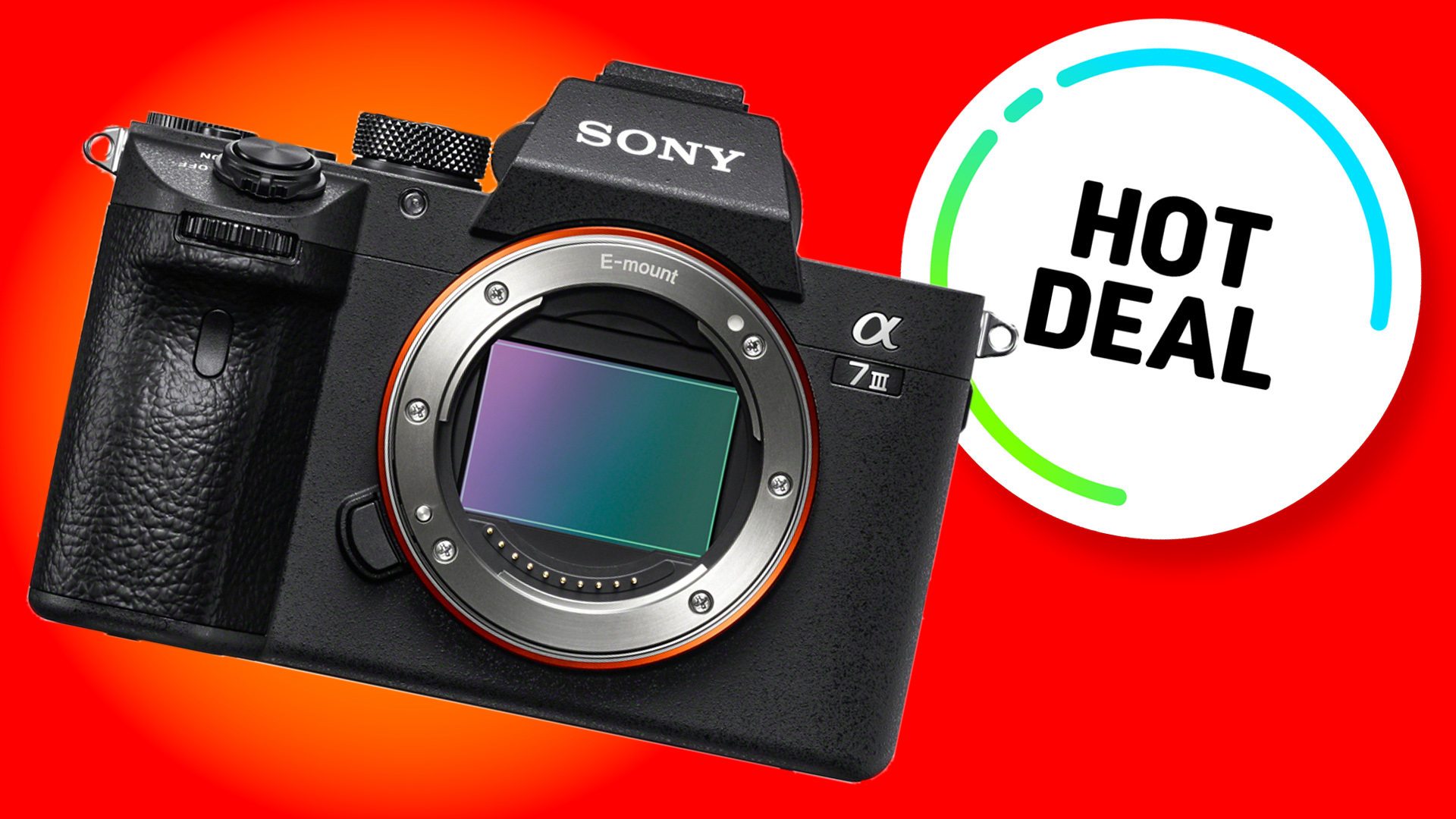Your photography deserves to be seen – and self-publishing is the perfect way to make it happen
Discover how self-publishing can help you showcase and promote your work: here's your guide

Most of the successful photographers in the modern era have mastered the ability to diversify from simply taking and selling photos. Selling your photos directly to clients rarely pays for all of the bills, so having your work also available on stock sites or to purchase as prints can go a long way to supplementing your income.
Self-publishing your work, whether that's producing a photo calendar of your 12 favorite seasonal shots or putting a book together, can enhance these channels further, too, and give your fans and followers the opportunity to support you by purchasing your merchandise.
Plus, it can also be an enjoyable process, and there's no better feeling than seeing your work produced in physical form. But self-publishing takes time and money, so, inevitably, it won't be for everybody. Let's examine some of the more popular ways you can publish your work, plus the advantages and pitfalls of some of these methods, and how you can keep costs down.
Photobooks
It's important to find a subject that appeals to the general public and offers them something they may want to buy. Self-published street photographer Chris Porsz is currently working on his tenth photography book and had brilliant success with his Reunions series, where he reunited people from street photos he took back in the 1970s and 80s. Not only is this a unique concept, but it also has a relatable story behind it that many people love and connect with.
Some of Chris's most popular books have been based on subjects such as the NHS, pets, or dogs, so take a leaf out of his books and choose a subject matter that can resonate with a large group of people.
See our guide to the best photo book services
Kindle Direct Publishing
Amazon’s Kindle Direct Publishing (KDP) gives you the free tools to self-publish your book in more than 10 countries in over 45 languages and allows you to create physical prints or digital books to reach millions of readers around the globe.
The best camera deals, reviews, product advice, and unmissable photography news, direct to your inbox!
Amazon prints your physical books on demand, so it can be more accessible than spending lots of money on a big print run, plus Amazon can push the digital versions to its Kindle Store for ebooks.
Your book can be published in three simple steps and could appear on Amazon stores within 72 hours. You can also retain ownership of your content, publish to your schedule, and set your own list prices. There are options of up to 70 percent royalties for ebooks or up to 60 percent for physical books.
Printing and calendars
People find it difficult to pay for pictures, especially with the rise of realistic generative AI imagery in recent years, meaning that many photographers work for free. This means you have to find a compelling reason for someone to part with their hard-earned cash for your pictures.
One way of doing this is to repackage your images into a tactile product. Prints can work for this, and if you have a high-quality printer, you can do this yourself. Otherwise, use an online company to do it for you.
Calendars are another route, though you'll need to make sure you have enough strong images for each month – cute animal images and striking landscapes often tend to work well.
You'll also need to make sure your print run is done well before the New Year, at which point they will quickly become old stock. One option is to do a small test run in the summer and order more as needed as you head into autumn and winter. You can sell these online, at fairs and events, or even try to get them sold in local shops.
Check out our guide to the best photo calendar services
Keeping costs down
For photo books, you can easily go down the Amazon KDP route we covered earlier. This is particularly helpful if you don’t have much money upfront; however, it can be more cost-effective to do a larger physical print run if you have the funds for it.
You will need to be confident that you can sell them all for a decent profit, and you will also need to allocate storage space for them in the meantime. If you're cautious, it's worth doing a smaller batch first to test the waters.
The quality of paper, choice of hard or soft back covers, and whether you print in the UK or abroad are all factors that can affect the price of your print run, so you'll need to consider these before you order. You may also have to budget for a graphic designer who can put your book together professionally.
Pros and cons
There are plenty of positives in self-publishing, but also many pitfalls to look out for.
One of the biggest rewards is that it allows you to take pride in your work and assemble a product you can be proud of. It also gives you something to showcase your photography to clients and on social media. If you have a loyal following that loves your photography, they can now purchase merchandise to support you.
The downside is that it can take a lot of time and energy to put a book or calendar together, which ultimately takes time away from your photography or editing duties.
It's also an investment, so you may be sitting on stock for a while or, in the worst-case scenario, have out-of-date calendars that must be thrown away or recycled. You will also need to deal with any damaged items and shipping problems yourself.
You could find a publisher to take care of all this, but they will take a cut that reduces your profits. Self-publishing can be rewarding and lucrative, but it can also be daunting. If in doubt, start small and work your way up to larger orders.
You might like...
Browse the best photo printers and the best online photo printing services.
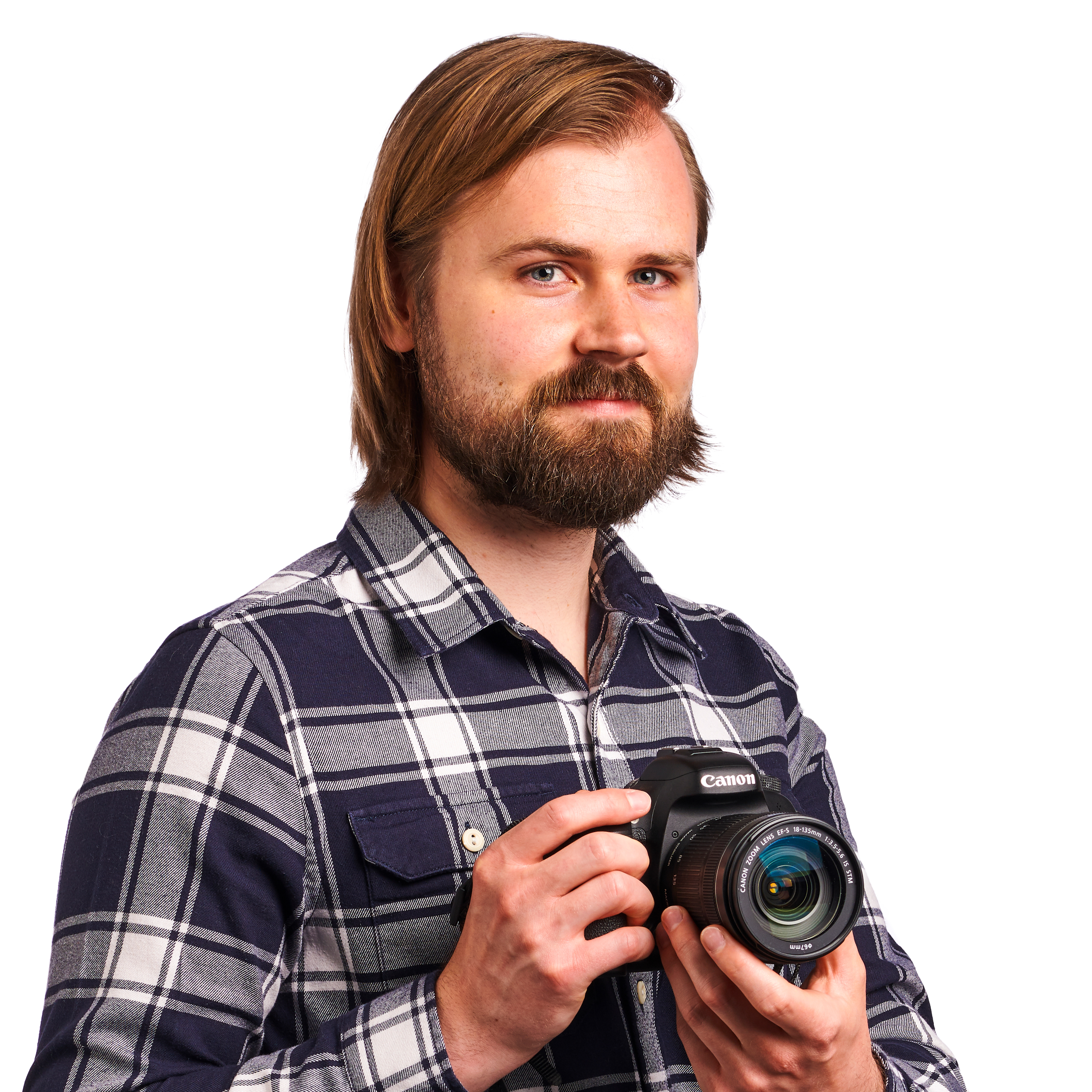
In addition to being a freelance photographer and filmmaker, Dan is a bona fide expert on all things Canon and Adobe. Not only is he an Adobe-certified Photoshop guru, he's spent over 10 years writing for specialist magazines including stints as the Deputy Editor for PhotoPlus: The Canon Magazine, Technical Editor for Practical Photography and Photoshop Editor on Digital Photo.
- Kim BunermannStaff Writer
You must confirm your public display name before commenting
Please logout and then login again, you will then be prompted to enter your display name.

